Daily use of protective clothing
Often protective clothing is combined with other personal protective equipment such as gloves and safety footwear. Combining PPE should never lead to reduction in the protective function.
Clothing that is used is subject to aging. This is caused by wear and tear, soiling, exposure to sunlight/UV, exposure to working circumstances and the cleaning process.
Aging can lead to a reduction of the level of protective. Not all aging is visible and easy to recognize.
Always consult the user instructions supplied with the product to make an estimate on the aging of the protective features.
Always follow these instructions.
Do not wear clothing wear you have doubts whether this will still provide sufficient protection.
Clean clothing regularly (or have it cleaned) according to the manufacturer's instructions. Soiling can have a very large influence on the protective properties.
Cleaning
Always clean protective clothing in conformity with the instructions of the manufacturer. Information can be found in these instructions and in the care labeling inside the clothing.
For care instructions mostly symbols according to Ginetex are used. (See example below)
However, they are not applicable to industrial cleaning processes.
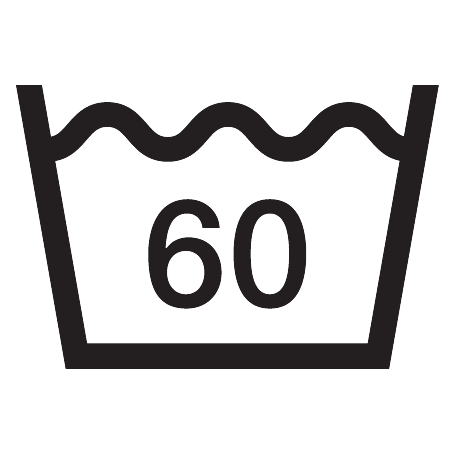
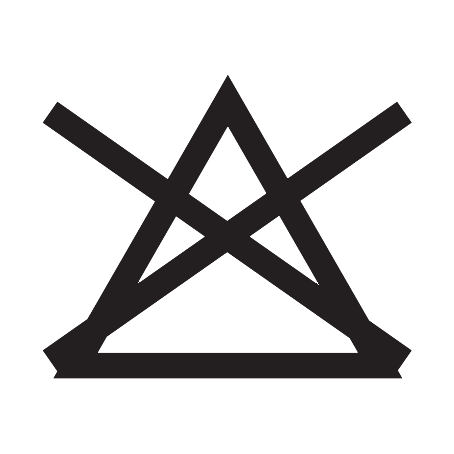
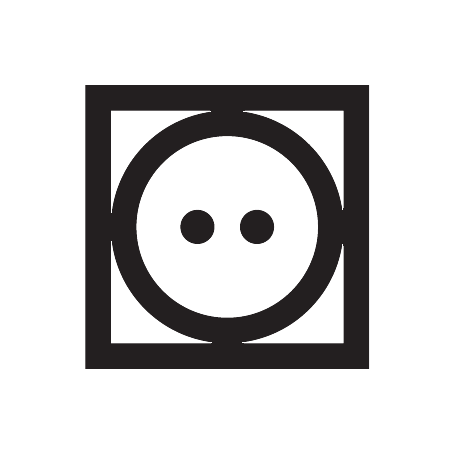
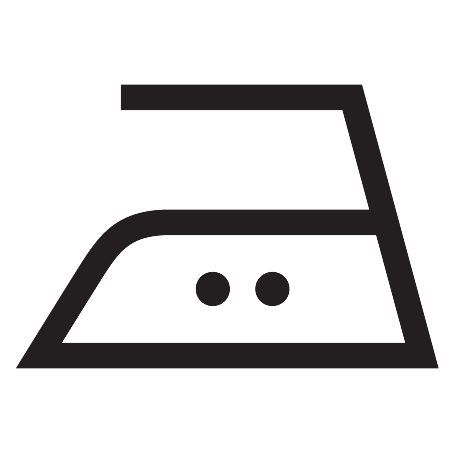
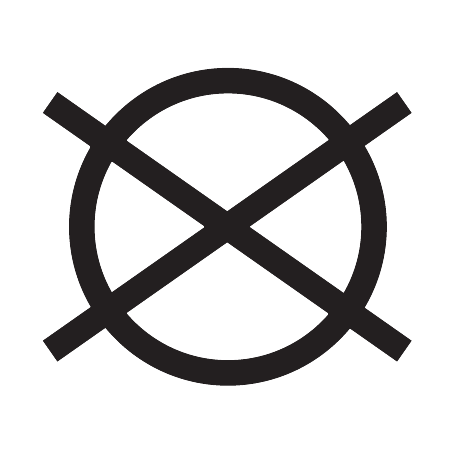
If also a maximum number of cleaning cycles is indicated, it means that the product still meets the health and safety requirements after the specified number of cleaning cycles. However, this is theoretically because the number of cleaning cycles is not the only factor that determines the lifespan of the clothing.
If products can not be cleaned, it must be clearly stated in the user instructions and on the product label.
It is recommended not to clean protective clothing yourself but to get it done by a specialist in this (industrial) laundry. Especially for products that come with a fluorocarbon finish (eg. EN 13034 garments). This is important because a specialized laundry has the appropriate equipment and laundry products to launder it in the correct way.